By SYDNEY J. FREEDBERG JR
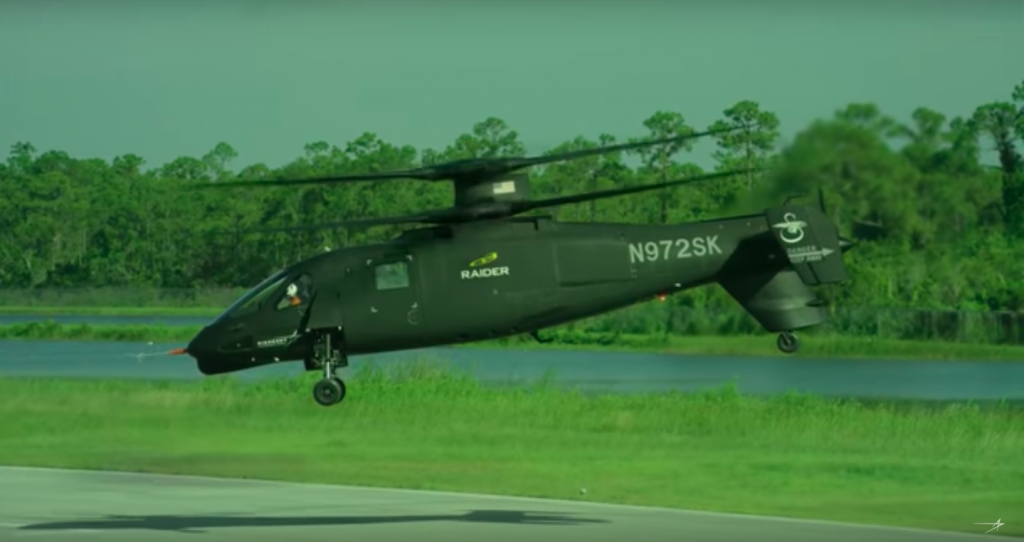 WASHINGTON: At least a dozen major Army weapons programs face big decisions in 2019. The service will launch a competition for new armored vehicles; award development contracts for scout aircraft and helicopter engines; conduct key tests of long-range missiles, anti-aircraft defenses, rifles, targeting goggles, and multiple battlefield networks; and field new electronics for command posts, acquisition officials tell me.
WASHINGTON: At least a dozen major Army weapons programs face big decisions in 2019. The service will launch a competition for new armored vehicles; award development contracts for scout aircraft and helicopter engines; conduct key tests of long-range missiles, anti-aircraft defenses, rifles, targeting goggles, and multiple battlefield networks; and field new electronics for command posts, acquisition officials tell me.
Details of dates and programs follow, but the big picture is there’s a lot at stake for the ambitious Army modernization plan launched in October 2017. No wonder, then, that the fathers of that reform, Army Secretary Mark Esper and Chief of Staff Gen. Mark Milley, will be watching this year’s progress like a pair of hawks. (Of course, Milley may do so from an even higher perch as Chairman of the Joint Chiefs of Staff).
That sort of constant high-level attention helps programs power past the usual bureaucratic obstacles, the Army’s top acquisition official told reporters Thursday. “The Secretary and the Chief… I sit in a meeting with them, every Monday in the afternoon, we do a review of one of the CFTs,” Assistant Secretary Bruce Jette said, referring to the eight Cross Functional Teams that manage portfolios of high-priority programs. “It just keeps on spiraling.”
If a problem pops up on a major program, though, no one’s waiting for the next regularly scheduled briefing to inform Secretary Esper. “He gets an email that day,” Jette said. “An information paper comes to follow up, and we’ll update him at the next briefing.
“In some cases, he’s gotten on a plane and gone up to see the company with me,” Jette added. (Jette didn’t name names, but Esper visited BAE System’s York, Penn. plant in September to inspect issues with armored vehicle manufacture). But Esper doesn’t wait for something to go wrong, either: He’s having regular Monday night dinners with companies large and small, one CEO at a time.
Which companies is Esper likely to watch most closely? That list includes the prime contractors and/or leading competitors on the following 12 programs. We’ve grouped them under the Army’s Big Six modernization portfolios, starting with the highest priority, long-range artillery and missiles:
Raytheon and Lockheed will start test flights of their competing prototypes for the Precision Strike Missile (PrSM) this summer or early fall (specifically July, August, or September, the fourth quarter of fiscal 2019). The initial version of PrSM will replace the Cold War-era ATACMS for long-range surface-to-surface strikes against priority targets like enemy anti-aircraft systems. Later upgrades may have ship-killing capabilities and, if the US withdraws from the INF treaty, a range greater than 500 kilometers (311 miles)
Rheinmetall Lynx KF41-4
#2. Next Generation Combat Vehicles (NGCV)
BAE Systems, General Dynamics, and a Raytheon-Rheinmetall team are already jockeying to replace the venerable M2 Bradley troop carrier, with outsider SAIC as yet undecided. The Army will officially kick off the competition with a Request For Proposals on the Optionally Manned Fighting Vehicle (OMFV) before the end of March. The Army wants a combination of proven automotive components, advanced weapons, and bleeding-edge automation to conduct at least some missions without a crew aboard.
A lower-stakes but more immediate program is aimed at upgrading existing armored vehicles with new anti-missile defenses, aka Active Protection Systems. The Army rejected its initial choice to equip the 20-ton, 8×8 Stryker and started testing alternatives in December. Rheinmetall’s ADS will finish its first phase tests this month and the Leonardo-DRS/Rafael Trophy will start testing in late February. Given how urgently the Army has purchased active protection for M1 tanks and M2 Bradleys, expect a Stryker award later this year.
Sikorsky (Lockheed) S-97 Raider design
#3. Future Vertical Lift (FVL)
The Army’s most urgent aviation priority is the Future Attack Reconnaissance Aircraft(FARA), a high speed, optionally manned replacement for the retired OH-58 Kiowa scout helicopter. The Army only announced the program last March – at which point it didn’t even have a name – but will award four to six companies contracts for detailed design work as early as April 15th (3QFY19). Sikorsky, the leading contender, will almost certainly offer a version of its S-97 Raider; archrival Bell is considering its options; while a dark horse AVX/L3 proposal is likely to get a design contract this year but not the ultimate production award. (A larger, longer-running program is replacing the UH-60 Blackhawk transport helicopter as well).
Meanwhile, the Army will choose a new engine to upgrade its thousands of existing helicopters. After a decade of R&D, either General Electric or Honeywell/Pratt & Whitney team will win an Engineering & Manufacturing Development (EMD) contract for the Improved Turbine Engine Program (ITEP), with an award expected by late March (2QFY19).
An Army soldier sets up a highband antenna in Afghanistan.
#4. The Network
In 2017, the Army cut short its WIN-T mega-program. The new network approach involves a bevy of smaller efforts with many contractors on tighter timescales, using a so-called DevOps (development & operations) model to nimbly update individual software modules and hardware components as soon as better technology becomes available. But it is possible to identify a couple of bigger pieces and major events:
In the July-September timeframe (4Q19), the first operational units will get the new Command Post Computing Environment. CPCE is a package of hardware and software to improve command and control, not only to make command posts more capable but to shrink the stacks of servers, tangles of wiring, and rows of diesel generators that have grown into a real hindrance to maneuver. The software prime contractor is Virginia-based Systematic.
Also this year, an infantry brigade will start receiving the new Integrated Tactical Network (ITN) – the product of multiple coordinated programs – to prepare for field testing in 2020. Portions of ITN have been deployed with advisor units in Afghanistan, and other units are training with partial systems, but 2019 will be the first time an entire combat brigade gets completely upgraded to the new standard. A successful 2020 assessment would open the door to buying four brigades’ worth in 2021.
Finally, a communications unit at Fort Bragg will finish its field experiments with the Expeditionary Signal Battalion – Enhanced (ESB-B) package, which is intended to be both more deployable and more capable than current long-range communications equipment. The unit will submit its assessment and recommended plan to Army leaders by late June.
Anti-aircraft Stryker variant chosen by the US Army for its Maneuver Short-Range Air Defense (MSHORAD) mission: 4 Stinger missiles on one side, two Hellfires on the other, with a 30 mm autocannon (and 12.7 mm machinegun) in between (Leonardo DRS)
#5. Air & Missile Defense (AMD)
The Army’s top air defense priority is IBCS, a battlefield network that Northrop Grumman is building to link all Army radars, anti-aircraft batteries and missile defense systems. (The name’s an awful nested acronym for IAMD (Integrated Air & Missile Defense) Battle Control System). It’s a tremendous programming challenge and early versions were prone to crashing. But Jette said IBCS has turned aroundand singled it out as a “prime example” of how Army acquisition is improving. IBCS is now on track to deliver production-representative equipment in December – capable enough that it could be deployed on real-world operations, Jette enthused – for final certification and flight tests ahead of operational testing in 2020.
Meanwhile, General Dynamics will deliver the first prototypes of its Stryker 8×8 armored vehicles equipped with anti-aircraft weapons from Leonardo-DRS: the (deep breath) Initial Maneuver Short-Range Air Defense system. IMSHORAD is designed to protect fast-moving frontline units – “maneuver forces,” hence the name – from drones, helicopters and low-flying attack jets, a mission now handled by a handful of Humvees armed with short-range Stinger missiles. The exact date for the Army to accept delivery and start testing depends on how fast Congress moves some $50 million in needed funding, but it should be this year.
The inset image shows what the soldier can see through the wirelessly linked ENVG-III goggle and FWS-I gunsight. The next step will be the IVAS augmented reality goggles.
This July, after almost six decades using the controversial 5.56 millimeter bullet from the M16 rifle and M4 carbine, the Army will test-fire new, higher-powered weapons with a heavier 6.8 mm round. Five companies will deliver six different designs to compete for the Next Generation Squad Automatic Rifle (NGSAR): General Dynamics, PCP Tactical, Sig Sauer, Textron subsidiary AAI, and (the only company with two variants in the running) FN America. A new light machinegun in the same caliber will follow to replace the 5.56 mm M249 SAW.
But even the best weapon is no good is you can’t see the target, which is why the most revolutionary technology for Army infantry is the Integrated Vision Augmentation System. IVAS’s augmented reality goggles not only provide superior night vision: They also act like a fighter pilot’s HUD, superimposing targeting cross-hairs and tactical data over the user’s field of view, with artificial intelligence helping to locate targets. One of the most urgently accelerated programs in the entire Army modernization effort, IVAS will enter final testing in the October-December timeframe (the first quarter of fiscal year 2020).
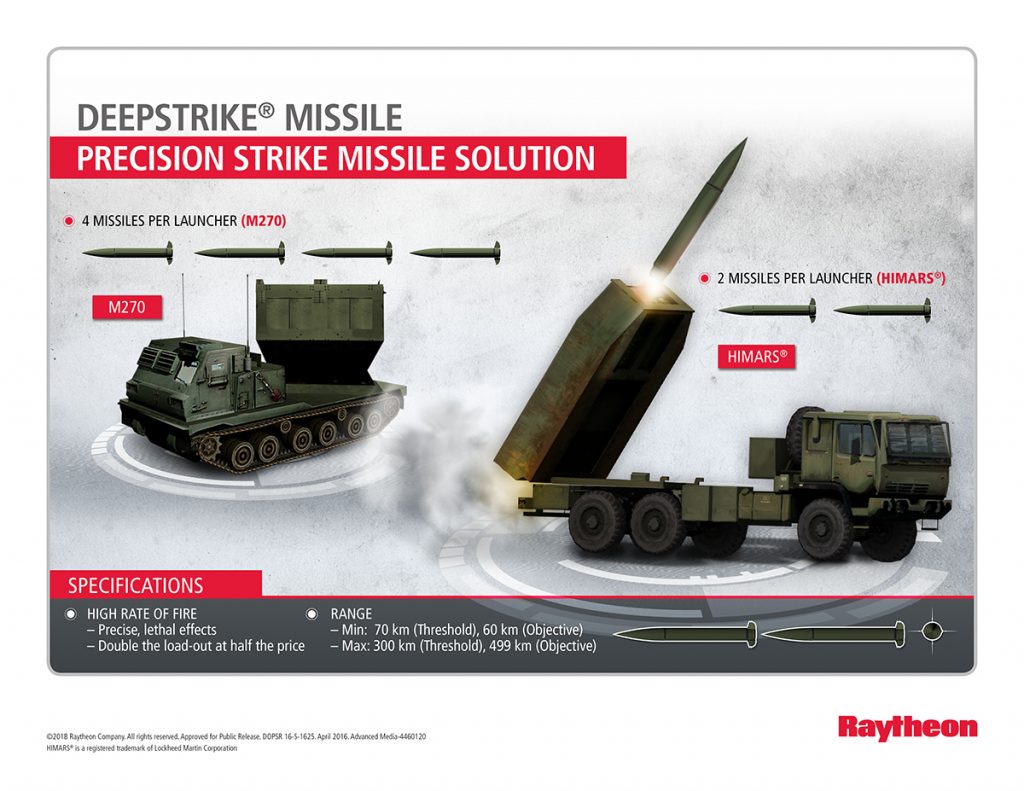
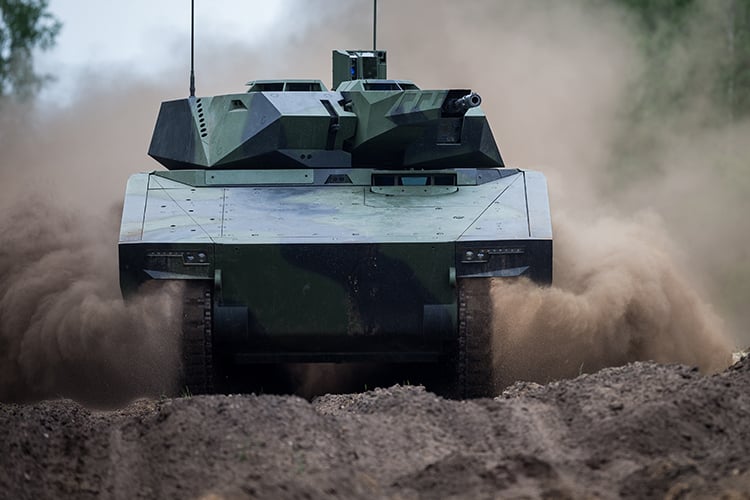
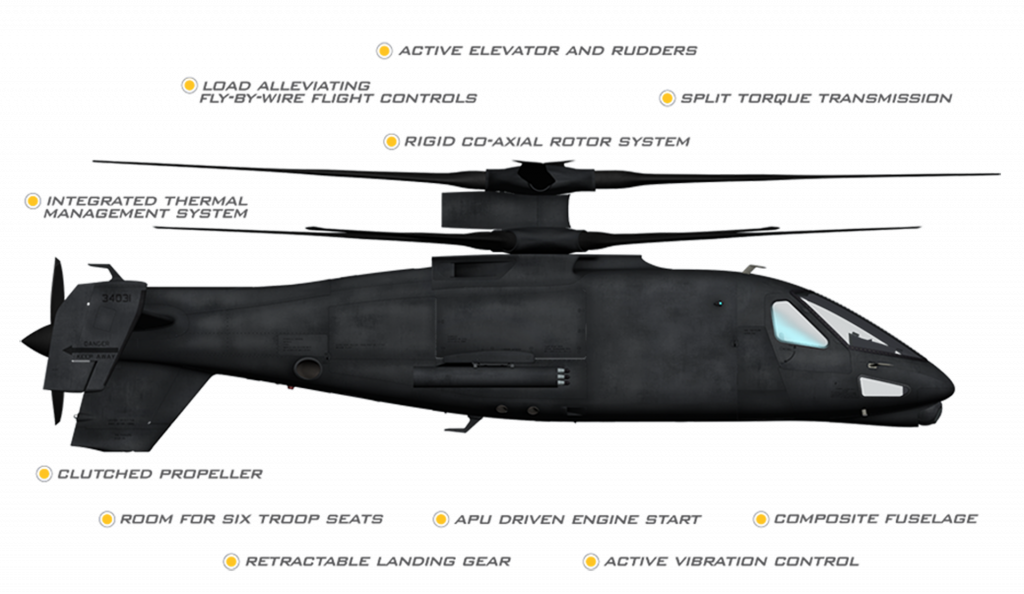
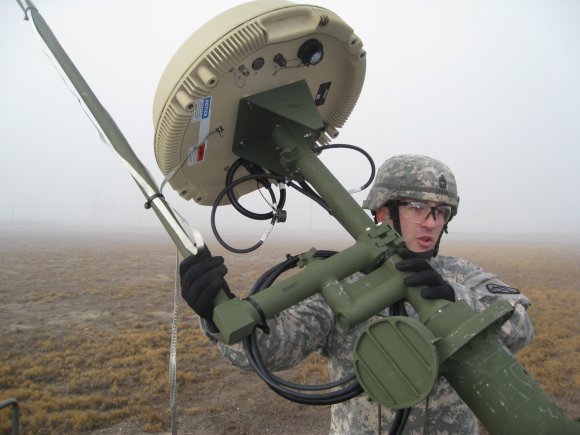
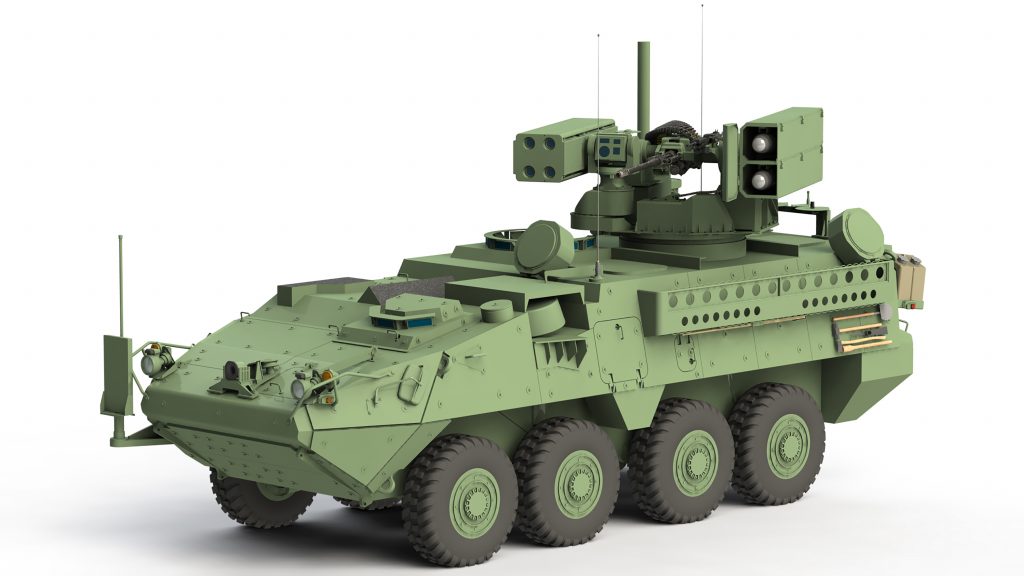
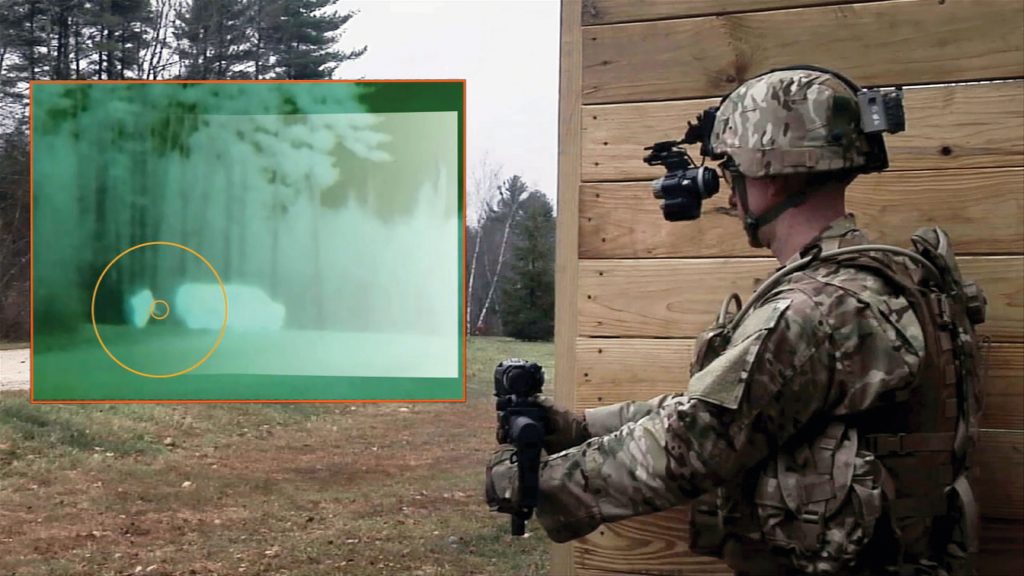
No comments:
Post a Comment